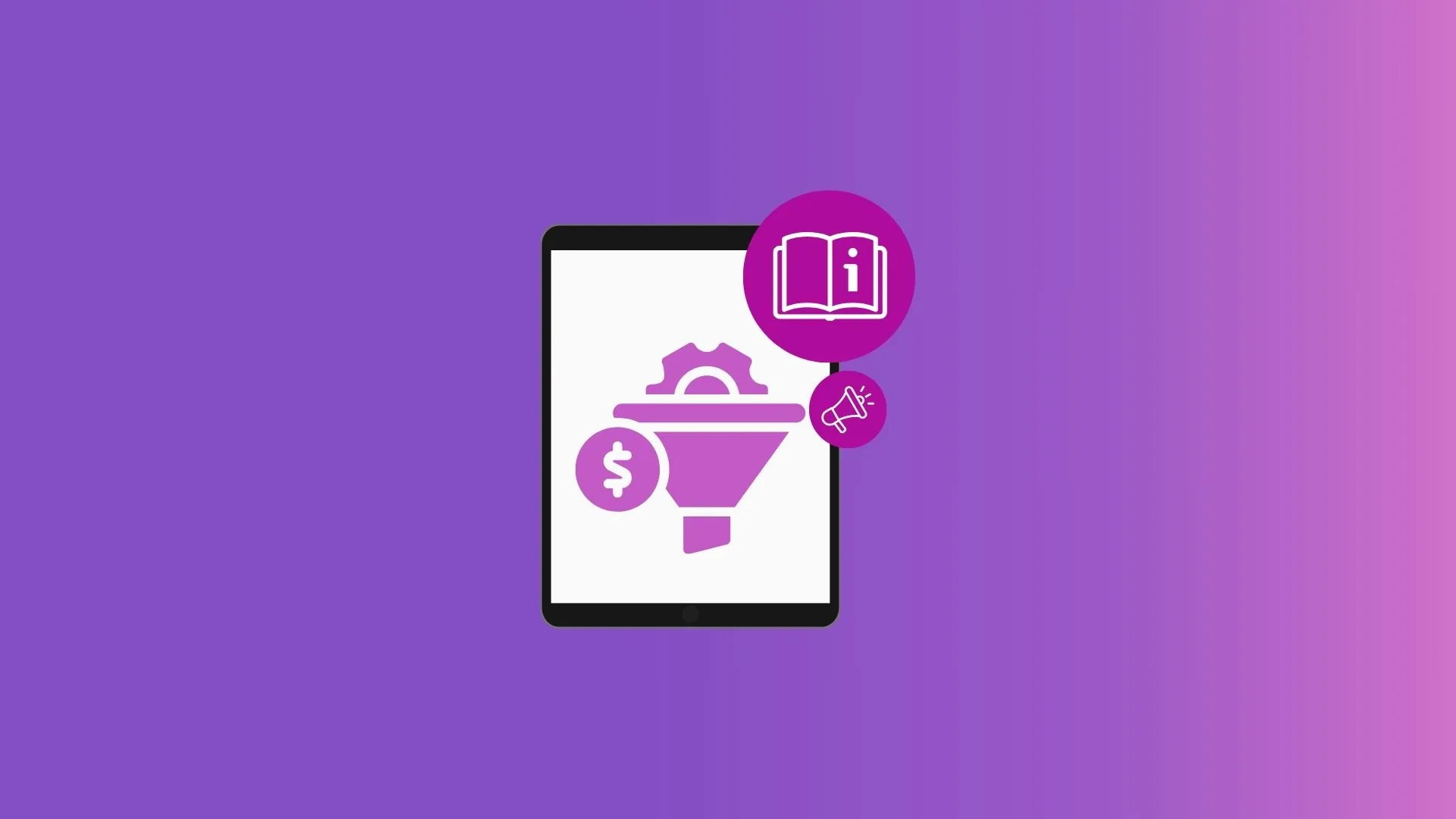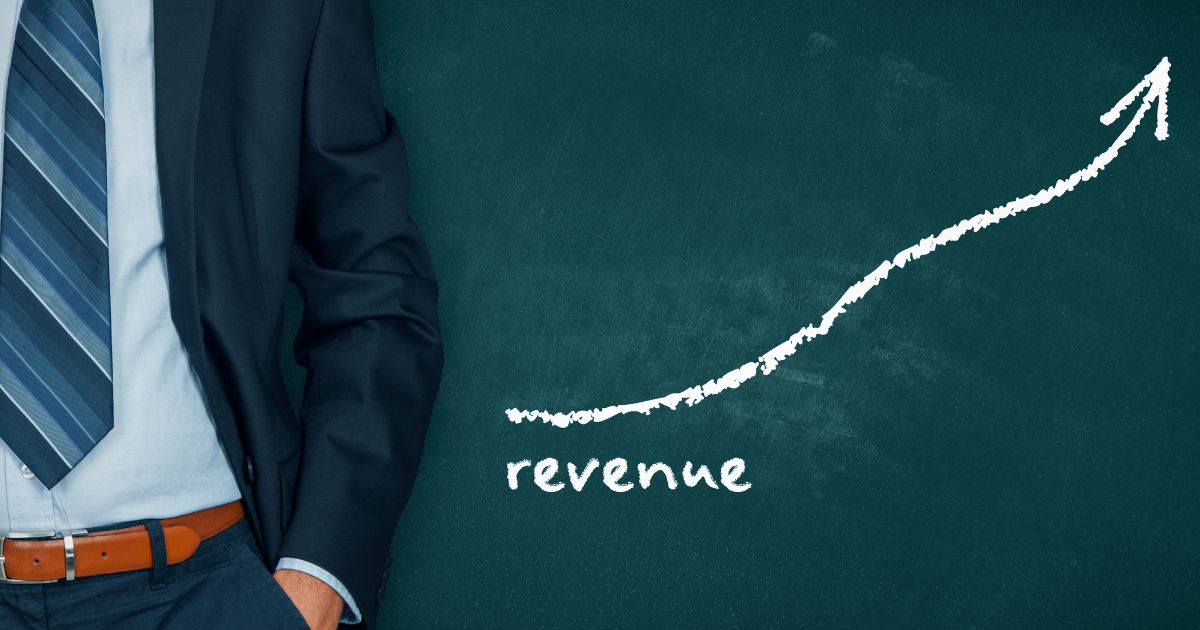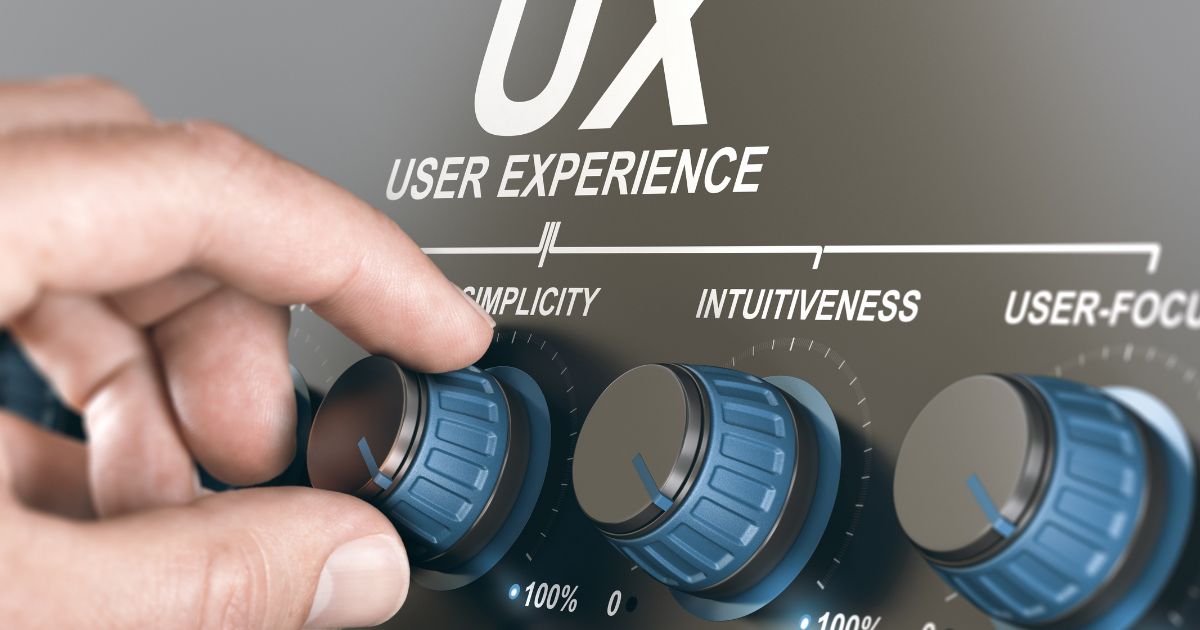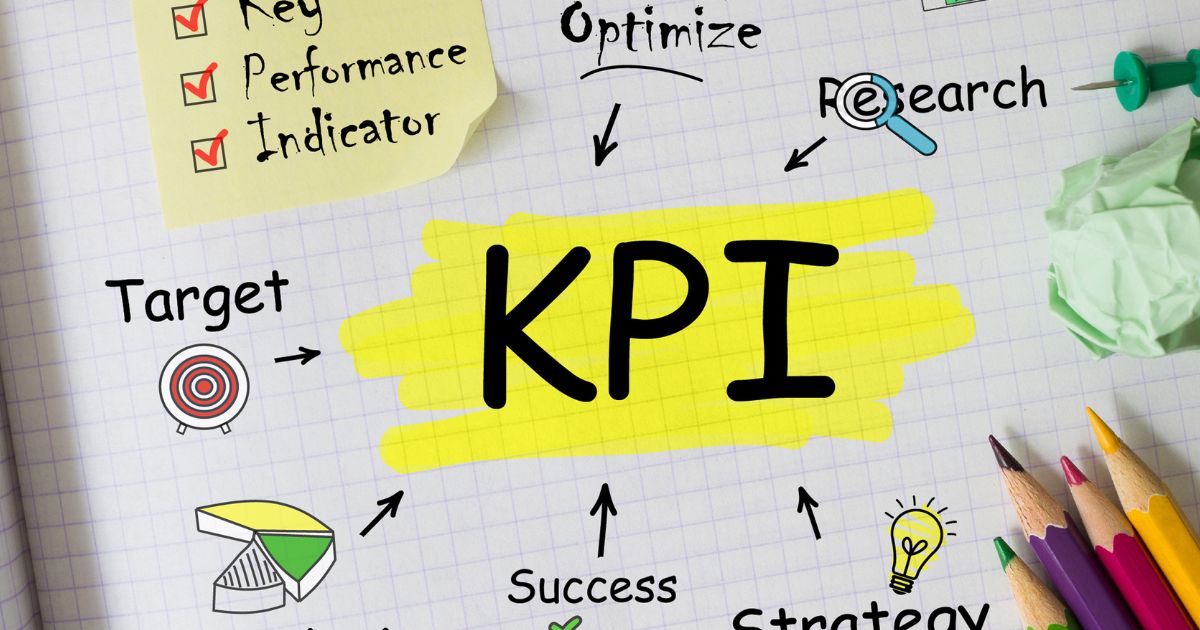CRO Meaning in Marketing: A Comprehensive 2025 Guide

What is CRO in Marketing?
Conversion Rate Optimization (CRO) in marketing is about leveraging website visitors to increase conversions. For businesses, online traffic doesn’t guarantee a Return on Investment (ROI). Instead, you want a website visitor to make a purchase or sign up for your email list.
A successful CRO marketing strategy is more than just reaching your target audience. It’s a continuous process of optimizing multiple aspects of your website performance. Here’s an overview of what this process looks like:
- Step 1: Analyze the current performance of your website.
- Step 2: Identify key areas that need improvement.
- Step 3: Research your audience’s specific interests and pain points.
- Step 4: Craft a CRO strategy that could boost your current conversion process.
- Step 5: Implement the strategy.
- Step 6: Run A/B testing to see which strategies boost conversions the most.
- Step 7: Measure the results and continuously adapt to the trends.
In 2024, the average conversion rate for websites is 2.35%. Without a proper CRO in place, it’s harder to achieve your conversion goals.

Why CRO is crucial for marketing success
Conversion rate optimization strategies can also lead to multi-channel benefits. For example, it can enhance lead generation in digital marketing. CRO has the potential to streamline every aspect of your marketing efforts.
CRO marketing is crucial for a business’s success, particularly in addressing these benefits:
- Increased revenue: A higher conversion rate could increase your overall revenue. CRO encourages conversions, especially if you can target the right audience.
- Enhanced User Experience (UX): Enhance your website’s user-friendliness and responsiveness. Moreover, a more personalized customer experience can increase your website’s conversion rate.
- Cost-effective acquisition: Maximize the reach of your existing traffic. Conversion rate optimization leads to higher quality of leads. You get more site visitors who have higher purchase intent.
- Competitive advantage: Beat your competitors to potential conversion paths. Increasing your market share will help bring sustainable growth to your business.
Go beyond the average conversion rate. Optimize your conversion funnel to increase your website’s visibility and reliability.
What is the difference between CRO and SEO?
Conversion rate optimization (CRO) and Search Engine Optimization (SEO) play different roles in the customer journey. SEO is focused on increasing visibility and traffic on search engines. Then, CRO comes in to potentially convert visitors into paying customers or email subscribers.
If you look at it, SEO comes first before CRO. However, it doesn’t mean that one is more important than the other. SEO and CRO actually target similar Google ranking factors in their campaigns.
Both SEO and CRO are essential for your digital marketing success. Optimizing for these two strategies will help drive conversions to your website.

How CRO Works
Let’s detail the steps for integrating CRO into your marketing strategy.
Analyzing current performance
Knowing the current state of your website is the first step in conversion rate optimization. Marketing teams should constantly check fluctuations in the performance of their web pages. This helps set a direction for your CRO marketing strategy.
Here are steps on how to analyze the current performance of your eCommerce website:
- Analytics tools: Connect your website to analytics tools and platforms. Google Analytics is a free comprehensive analytics tool you can use. You can also leverage data visualization tools such as Hotjar.
- KPIs: Focus only on your Key Performance Indicators (KPIs). These are metrics that are directly aligned with your current business goals. Are you aiming to increase sales? Or are you targeting more visits to your social media platforms?
- Benchmarking: Compare your performance to your competitors. Similarweb is a great tool for evaluating your competitors’ performance in terms of keywords, traffic, and conversions.
Similar to conducting SEO audits, you should also regularly analyze your CRO performance. This helps you avoid pitfalls in your conversion path.
Identifying areas for improvement
Analyze data generated by the analytics tools you use. Then, identify the weak links in your conversion rate optimization strategy.
If you’re looking for CRO elements to improve, try honing in on these three areas:
- User Experience (UX): For a website, the ideal page loading time should be under 2 seconds. Page loading delays could turn away visitors and pull down a site’s conversion rate. Optimize UX elements like page speed, navigation, and mobile responsiveness.
- Landing pages: Typically, your landing page serves as a first impression for your visitors. An engaging landing page — visual and content-wise — can encourage conversions. Landing pages should have clear messaging, accurate information, and readable visual elements.
- Checkout process: Check inconsistencies and technical issues in your checkout flow. As much as possible, make the process more straightforward. Remove unnecessary forms and automate the process for repeat buyers.
- Call-to-Action (CTA): Is your Call-to-Action really driving visitors to your desired action? CTAs should have strong, actionable words. Plus, they should be located in the most visible areas of your website.
The key is to continuously monitor your progress. Your strong points today may become your weak spots later on. These changes are brought on by search algorithm updates and evolving market trends.

Implementing changes and testing
The next step is to adjust your conversion rate optimization process. Now that you’ve discovered weak links in your conversion funnel, you’re ready to make the necessary adjustments.
However, that’s just the first stage of strategy implementation. In CRO marketing, you need ongoing testing to increase your conversion rate. Here are CRO testing methods you should consider:
- A/B testing: This is also known as split testing. Essentially, you create multiple versions of a web page or CRO element. Then, you roll out these variations and determine which version collects more conversions.
- Multivariate testing: This testing strategy simultaneously experiments with multiple variables. This is different from A/B testing, which only tests variables one at a time.
- Usability testing: Visualize how users navigate through your eCommerce site. User behavior can affect website conversion rate. You can gather user feedback, particularly on the strengths and weaknesses of your conversion path.
There are tools you can use to streamline your CRO testing efforts. Testing platforms like Optimizely and VWO offer heatmaps and real-time reporting.
Measuring impact and refining strategies
Evolving search engine algorithms and consumer interests could dampen your existing strategies. This is why you don’t stay put. In CRO, you adjust and adapt as you go.
CRO marketing is an ongoing process of evaluating your progress. We recommend these practices when refining your CRO marketing playbook:
- Focus on conversion rate metrics that align with your CRO marketing goals.
- Compare your metrics with industry standards and competitor data.
- Keep detailed documentation of your testing phases and results.
- Make quick adjustments for seasonal and holiday events.
- Leverage powerful data capabilities of analytics and testing tools.
Moreover, you can also gather direct feedback from existing customers. Roll out surveys and polls to discover their preferences. This information can increase the efficiency of your lead flow and conversion process.

Key Metrics and KPIs in CRO
Increase your conversion potential when you focus on these Key Performance Indicators (KPIs).
Conversion rate
In eCommerce, there’s no better measure of success than conversion rate. It’s a direct assessment of your CRO campaign, including purchase value or email sign-ups.
As a reference, here’s how you can calculate conversion rate:
- Conversion Rate = (Number of Conversions/Total Number of Visitors) x 100
Increasing your conversion rates means encouraging visitors to take the desired action. This includes making a purchase, downloading an ebook, or subscribing to a newsletter. We recommend these strategies for potentially increasing conversions:
- Ensure content relevance and accuracy in your landing pages.
- Include social proof on your web pages, especially customer testimonials.
- Add personalized product recommendations and limited-time discounts.
- Simplify the checkout process and offer diverse payment options.
Conversion rates also depend on the quality of leads generated. High-intent visitors bring more value to the sales funnel.
Bounce rate
How many users exit your website after viewing only one web page? This percentage is referred to as the bounce rate. The higher the bounce rates, the higher the need to optimize your website.
The following issues might cause high bounce rates on a website:
- Poorly written content
- Slow loading speed
- Unclickable navigation buttons
- Irrelevant internal links
Use this formula to calculate your site’s bounce rate:
- Bounce Rate = (Single Page Sessions/Total Sessions) x 100
It’s not enough that you reach your target audience. You also have to craft helpful content and make your website user-friendly.
Average session duration
Does a user spend a significant amount of time on your website during one session? Your users’ average session duration is an indicator of their experience on your website. If they stay longer, it means that they find your site useful and valuable.
Here are tips for you to increase average session duration or dwell time:
- Incorporate images and videos in your long-form content.
- Include internal links to relevant pages on your website.
- Create a comment section and put up social sharing buttons.
- Test your website’s loading speed, especially on mobile devices.
- Make your website visually appealing and readable.
This is the easy formula for computing your average session duration:
- Average Session Duration = Total Time Spent on Site/Total Number of Sessions
Personalizing the experience can also improve dwell time. People would “doom scroll” and read if they read content that interests them.
Click-through rate (CTR)
Click-through rate (CTR) is a metric that balances the number of clicks and impressions you get. What is the percentage of users clicking on your link on search engines? This metric evaluates how you maximize your online visibility.
It’s not easy to get high CTRs. For instance, global search ads only garnered a 1.6% CTR in 2024. We recommend these strategies to improve your CTR:
- Consider eCommerce SEO best practices, including meta tag optimization.
- Incorporate relevant keywords in your meta tags and content.
- Add strong CTAs across your content.
- Improve website architecture, particularly in navigational elements.
Here’s a quick formula for calculating your CTR:
- Click-Through Rate (CTR): (Number of Clicks/Number of Impressions) x 100
It’s also important to constantly evaluate your content. For example, you can use Google’s Quality Score tool to measure the quality of your ad copies.
Exit rate
Exit rate is a more specific version of the bounce rate metric. Exit rate refers to the percentage of users who exit from a specific page.
For example, Page A may have a higher exit rate than Page B. This could mean that Page A is not as effective or useful when compared to Page B. It could affect your CRO strategy, especially in encouraging users to take the desired action.
A page’s high exit rate could indicate these issues:
- Poor quality or irrelevant content
- Slow loading times
- Confusing page navigation or structure
- Need for a more strategic CTA placement
- Technical errors like broken links
This is how you compute a specific page’s exit rate:
- Exit Rate: (Total Number of Exits/Total Number of Page Views) x 100
Moreover, an aggressive sales process could turn away readers. Ensure that you prioritize offering helpful content. Once you gain users’ trust, the sales will surely follow through.

CRO Strategies and Best Practices
CRO is a cost-efficient approach — if you get the strategies right. We recommend these trending practices in improving conversion rates in 2025.
- AI hyper-personalization: Leverage AI to personalize the experience for each website visitor. Consider AI-powered techniques, including predictive analytics, behavioral targeting, and location-based recommendations.
- Micro conversions: Don’t overly push people to immediately buy a product. Instead, aim for smaller actions like newsletter sign-ups, ebook downloads, or CTA clicks. These micro-actions can best motivate users to commit to a purchase.
- Video marketing: Attract attention and longer dwell time with video content. Include engaging videos about client testimonials and product demos.
- Exit-intent pop-ups: Automate behavioral pop-ups when users intend to exit your page. In your pop-ups, offer limited-time discounts and promos. This strategy could help decrease bounce rates and exit rates.
These practices make your conversion optimization process more effective. However, the strategies might vary depending on the state of the market. Monitor your CRO campaign’s performance to see which tactics you need to optimize.

Tools and Software for CRO
You don’t have to achieve your conversion goals by yourself. There are tools that you can leverage for your CRO efforts. We enumerated the best tools and software for each CRO aspect:
- Personalization: Use Twilio Segment to group your audience into categories. Then, you can utilize Adobe Target for personalized content.
- Testing: Run A/B testing through Optimizely and VWO. You can also test landing page elements with Unbounce.
- Analytics: Google Analytics is a free but comprehensive analytics platform. Alternatively, you can use other analytics tools like Matomo and Kissmetrics.
- Visualization: Analyze data through visualization tools like Hotjar and Crazy Egg.
You can also leverage tools for other marketing aspects, including marketing-qualified lead generation. A holistic marketing approach can help bring more traffic and conversions to your website.

Common CRO Mistakes to Avoid
We’ve covered every strategic point in increasing sales and conversions. Now, we delve into the common CRO mistakes that businesses make. Here are several CRO pitfalls you must avoid in 2025:
- Monitoring metrics that don’t align with business goals
- Failing to promptly fix technical issues in your website
- Neglecting mobile responsiveness and speed
- Failing to test and experiment with important variables
- Ignoring customer feedback
Another crucial CRO mistake is failing to adapt to market trends. Evolving search engine algorithms could undermine your efforts. Your visibility and conversion rate will certainly be affected.
This is the reason why more businesses are working with marketing experts. A search marketing agency like Fortis Media can make your CRO process more efficient. We can align your strategies with current search algorithms and market trends.
Plus, we have extensive experience working in different niches. We’ve been boosting search results for eCommerce, SaaS, B2B, and enterprise industries. This way, you’re sure that we can help you gain a competitive advantage in your niche.
FAQs
What is the difference between CRO and SEO?
Search Engine Optimization (SEO) focuses on increasing visibility on search engines while Conversion Rate Optimization (CRO) aims to convert website visitors into customers. Businesses use SEO to encourage users to click on their websites. Then, they leverage CRO to motivate visitors to take a certain action on their websites.
How long does it take to see results from CRO?
Typically, it might take 4-6 weeks before you start seeing results from Conversion Rate Optimization (CRO). This waiting period could depend on multiple factors, including the project scope and complexity, the current state of the website, and the competitive depth in the market.
Can small businesses benefit from CRO?
Yes, small businesses can benefit from Conversion Rate Optimization (CRO), as it allows them to compete with larger and more established competitors. CRO can help improve the efficiency of a small business’s marketing campaign, particularly in targeting the right audience and personalizing its website content.
Do I need a specialized CRO team?
Yes, it is highly recommended to work with a specialized Conversion Rate Optimization (CRO) team, especially when scaling your marketing campaigns. CRO experts can handle complex and niche-specific projects. Alternatively, you can depend on your in-house marketing team, particularly for smaller CRO projects.
What are some free CRO tools for getting started?
You can use free Conversion Rate Optimization (CRO) tools like Google Analytics, Screaming Frog, and Google PageSpeed Insights. Other CRO platforms such as Optimizely, Crazy Egg, Hotjar, and AB Tasty offer free but limited membership plans. Leverage these tools to bring in more conversions for your website.
Turn traffic into conversions


Read our other articles

What is a PPC Agency? A Comprehensive 2025 Guide


How to Start a Sports Betting Business in 12 Steps (2025)


How to overcome challenges in Enterprise SEO



